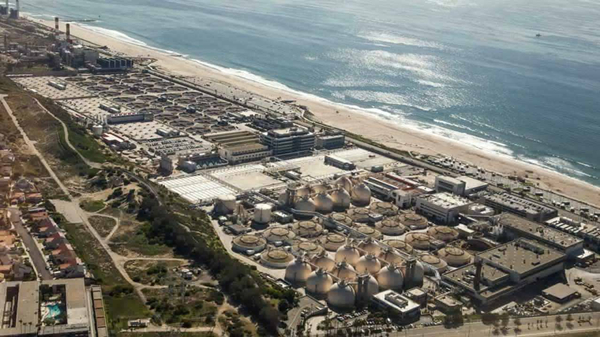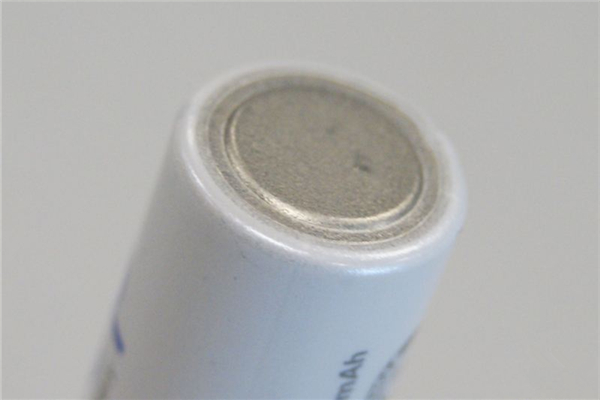Vanadium Battery VS Lithium Battery
Oct 23, 2019 Pageview:1117
The usage of batteries is very common and it's available in different sizes and capacities. From a button cell to a car battery, all types of batteries are run with the same technology but different capacity. The lithium-ion is considered as the best among all the batteries. It’s an expensive battery but its work efficiency is better than other cheap batteries. Today, we are going to discuss the vanadium and lithium-ion batteries. Let’s check out what we have?
Definition of vanadium battery and lithium battery:
Vanadium battery:
This battery is a rechargeable battery that pays vanadium ions in the different oxidation conditions to supply the chemical potential energy.
Lithium-ion battery:
A lithium-ion battery also can be written as a Li-ion battery. It is also a sort of rechargeable battery. The Lithium-ion battery is normally used for electric vehicles and portable electronics. It was growing in fame for armed andspecial applications.
Cost of vanadium battery and lithium battery
Lithium
The experts say the normal expense of a lithium-particle based stockpiling framework is $1,750 a kilowatt-hour. The expense incorporates the cells, hardware, establishment, and equalization of frameworks costs. By 2020, Baird Research extends that another company will have the option to create vitality stockpiling frameworks for $400 a kilowatt-hour — all in — and sell them for $500 a kilowatt-hour.
Vanadium
Some vanadium batteries as of now give total vitality stockpiling frameworks to $500 per kilowatt-hour, a figure that will fall underneath $300 per kilowatt-hour in under a year. That is an entire five years before the other company finds its sweet spot. By 2020, those vitality stockpiling frameworks will be created for $150 a kWh.
At that point, there is scaling. On the off chance that you need to twofold the size of a lithium framework, you twofold the value: a ten-kilowatt framework would cost $17,500. With vanadium, you simply increment the size of the tank, so the value per kilowatt-hour goes down. Abruptly, the costs are veering off. Greater is better.
Characteristics of the vanadium battery and lithium battery:
1.Cell Design:
Lithium
Lithium batteries store their vitality in cells. Some are level. Some are round and hollow, yet you're acquainted with what they are: moderately little, independent gadgets that get hot. There are likely two in your telephone and six in your scratchpad. In any case, in a matrix scale stockpiling framework, you need a huge number of them. It would be similar to building a mechanical scale cold storeroom with a lot of versatile coolers. You can do it; it just won't function admirably.
Vanadium
Vanadium stream batteries store their vitality in tanks. The electrolyte — the liquid that moves charges inside a battery — streams from one tank through the framework back to a similar tank. The tanks can be fish tank size or greater than an over the ground pool. Accordingly — and you will see this again and again — it's a lot simpler to adjust stream batteries to modern scale applications without including a great deal of cost. You simply make the tank greater.
2.Lifetime
Lithium
Framework batteries need to keep going for a considerable length of time. The normal age of a substation transformer in the U.S. is 42 years. Lithium particle batteries have a limited life. Execution corrupts after some time and is affected by heat, working conditions and how profound, and how frequently, they have been released. Battery University takes note that the limit of lithium-particle cells can drop to a 50 percent level after 1,200 to 1,500 releases.
Vanadium
Vanadium-based stream vitality stockpiling frameworks can work until the end of time. The dynamic fixing is ease, battery-powered electrolyte, which never wears out because of the kind of compound response included. The gadgets and programming to deal with the framework can be effectively redesigned like any PC. The last significant part — the plastic tanks for holding the electrolyte — goes on for a considerable length of time.
3.Relevant Markets
Lithium
So with lithium, you have a little, costly battery with a limited lifetime. To construct a capacity framework for running interest reaction programs or a reinforcement framework that can give four to six hours of intensity, you need a huge number of cells. It resembles building a stockroom scale office with bags.
Yet it deteriorates. Lithium batteries likewise are dependent upon "warm out of control" responses, for example, they can explode.
Vanadium
Vanadium-based frameworks are made for mechanical size applications from a couple of kilowatts to a few megawatts. Furthermore, there is no threat of warm responses.
4.Proficiency
Lithium batteries are 85 percent proficient over shallow releases when new. Stream batteries are around 75 percent productive. In any case, on the off chance that you work lithium-particle batteries in a situation over 40 Celsius, the charge rate (for example the time it takes to charge) falls about 25 percent. The life cycles will fall about 33 percent. Beneath less than 20 Celsius, the charge rate falls by 40 percent. Vanadium batteries aren't affected. Lithium is considered more efficient with more capacity and productivity.
5.Natural Impact
Lithium
Lithium batteries generally aren't reused. Financially, it is simply not justified, despite any potential benefits. The cost of battery-grade lithium hydroxide has dramatically multiplied to $7,600 a ton.
Most lithium originates from mines and brackish water pit activities in Australia, Bolivia, Chile, and Argentina. Lithium, the biggest maker on the planet, separates more than 350,000 tons of lithium metals of a solitary mine a year.
Vanadium
Power Systems has thought of a creative strategy to extricate vanadium for its stockpiling frameworks from mine tailings, drained oil wells, and oil stockpiling stops. To get our dynamic fixing, we tidy up natural perils.
Bottom line:
Lithium and vanadium are two batteries that have a powerful impact in different ways. The main agenda of making these batteries is the supply of energy storage at affordable prices. Though the prices of both batteries are still high these are far better than other cheap and easily available batteries.
- Prev Article: Supercapacitor VS Li-Ion Battery
- Next Article: Analysis of Lithium Ion Battery Cell Types
Leave Message
Hottest Categories
-
Hottest Industry News
-
Latest Industry News











